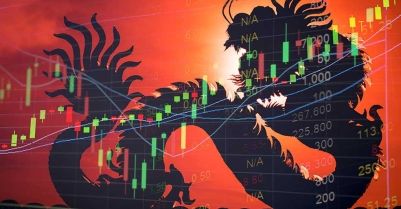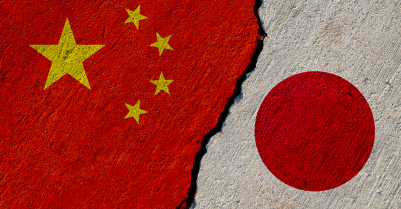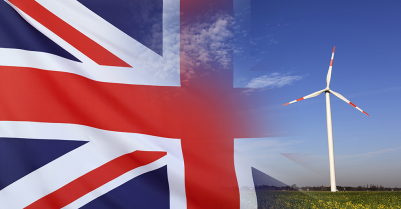-
View article
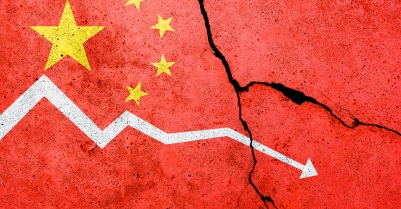 #Economy
#EconomyChina: confidence, price war and credibility are the watchwords in this early part of the year
2024/03/26
- #Eco-trends
- 2020/05/26
- 0
-
1
CHINA: Restoring the contract of confidence
It was with masked faces that members attended the annual session of the Chinese parliament at the end of last week. The challenge at hand was a sizeable one: Beijing wanted to be able to announce that China had beaten the epidemic and lay the foundations for the way forward. Above all, it was critical to present an image of China standing united in the face of doubts cast by the rest of the world over how transparently it had managed the public health crisis. And while the rest of the world is perhaps not convinced, this was mainly an internal communication exercise. In summary, the aim was to re-establish the contract of confidence – the social contract – and reassure the Chinese people that the regime has the wherewithal to guarantee higher living standards for all.
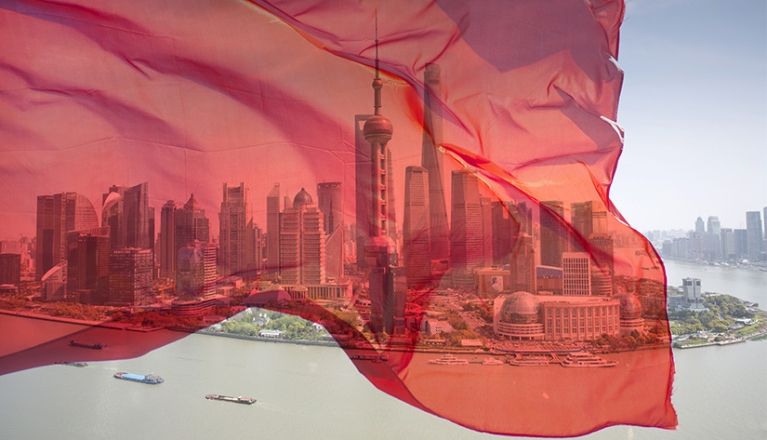
While prime minister Li Keqiang did not, in the end, risk announcing a new growth target for 2020 – for reference, the original target had been set at around 5.6%, so as to ensure that GDP would have doubled between 2010 and 2020 – he did emphasise social indicators. Poverty, urban unemployment, job creation: the regime is well aware that the public health crisis has badly shaken the labour market, well known to be a breeding ground for political risk. However, when set against the scale of the shock endured, the stated ambitions appear cautious indeed: while the target of creating 9 million jobs will just about absorb new graduates, it will not make up for all the jobs destroyed during the first quarter. Yet supporting domestic consumption – which means supporting employment – is at the heart of China’s growth strategy.
Otherwise, there is a risk of tilting the growth model towards being permanently supply-led – and this time, supply will not be able to rely as much as it usually does on external knock-on effects. Of course, China will be able to pat itself on the back for being one of the only countries to post positive growth in 2020. However, as in most other countries, the crisis has brought certain structural weaknesses to light.
A growing imbalance between supply and demand
April confirmed the recovery in supply: industrial production surged (up 3.9% year on year) and China even had the luxury of seeing exports grow (up 3.5% year on year), notably thanks to electronic equipment. It is thus clear that, in this area at least, China has, for the time being, proved wrong those forecasters who had been expecting exports to shrink in April. As regards supply, then, the bet has paid off: after two months of record declines, everything is up and running again thanks to traditional stimulus measures.
One might think the stimulus acted equally on the demand side. For example, in April, total social financing (i.e. private sector financing) once again increased slightly (up 12% year on year, compared with 11.5% in March), buoyed by long-term loans to consumers and businesses and corporate bond issues, reaching its highest level in two years.
In its most recent press release, the People’s Bank of China (PBoC) also hinted that it was getting ready to unleash a fresh round of monetary easing, which might consist not only of further rate cuts (base rates and mandatory reserves) but also of an unprecedented securities purchase programme – something the PBoC had hitherto refused to contemplate.
Yet, as price and activity indicators show, demand is not following. Retail sales were once again well into the red in April (down 7.5% year on year). While purchases of capital goods and cars rose slightly, boosted by public policies implemented in the country’s provinces (vouchers and bonuses to incentivise consumer spending), the services sector (transport, catering, tourism, etc.) continued to languish well short of its usual level.
The same goes for private sector investment, which has still not managed to recover. It is as though this crisis were highlighting the dualism of China’s economy: planned on the supply side, with supply restarted by force if necessary, in the certitude that Say’s law, according to which supply creates its own demand, will once again work its magic; while on the market economy side, embodied by the services sector in large urban areas, the Keynesian view prevails, affirming that the economy cannot recover without demand.
Somewhere between these two slightly dated yet freshly resonant theories lies the issue of confidence: the confidence agents place in their economic system, which determines not only their expectations but also whether they choose to spend or save. This goes to the heart of China’s paradox and problem.
Avoiding the deflation trap at all costs
Industrial production is recovering but producer prices are falling. Exports are picking up but imports are plummeting. Retail sales continue to decline and the only thing keeping inflation positive is food prices, which are highly volatile…
And behind these high-level indicators, the labour market – already deserted by some migrant workers whose precarious service sector jobs have been destroyed – is likely to become more strained. A third of migrant workers have yet to return to their former place of work.
It is as though, this time around, the regime lacked the wherewithal to constrain economic agents’ choices and instil the confidence needed to ensure they choose to spend. Of course, China is calling the world’s bluff. After all, the sharp decline in exports will further boost its surpluses, and thus its currency reserves.At a time when liquidity is increasingly costly, this is an economic advantage not to be sneezed at. And, since these surpluses partly finance US deficits, it is also a driver of geopolitical power.
In reality, however, this supply-demand imbalance masks a hidden danger to the Chinese economy: deflation. In a country where investment continues to play a prominent role (accounting for over 40% of GDP), deflation is dangerous because it destroys capital. Deflation triggers an immediate rise in real interest rates and stalls investment – something that would pose serious problems for the Chinese economy. It is dangerous: as the Japanese economy proves, such liquidity traps are hard to escape from.
To avoid this trap, China may have to set aside some of its instincts as a managed economy and target categories of agents it is not in the habit of helping – in particular, the entire services sector that has grown up outside beyond the confines of planning models. However, the orchestrated communication exercise that has unfolded over the past few days does not suggest any far-reaching change in China’s economic model.
The announcements made are completely in keeping with traditional stimulus measures: supporting investment in infrastructure and new technologies through bond issues and pulling out all the stops to get credit flowing again. Add a hint of political risk, rekindled by renewed demonstrations in Hong Kong, and China looks just like it did five months ago. With just one sizeable difference: the world beyond its borders is changing, becoming more polarised and – as in any crisis – looking for scapegoats. Even under attack, though, China is holding its ground and sticking to its guns, brandishing its figures in its defence. As with the public health crisis, then, so with geopolitical tensions: all over the world, the masks will not be coming off any time soon.
Sophie WIEVIORKA - sophie.wieviorka@credit-agricole-sa.fr


